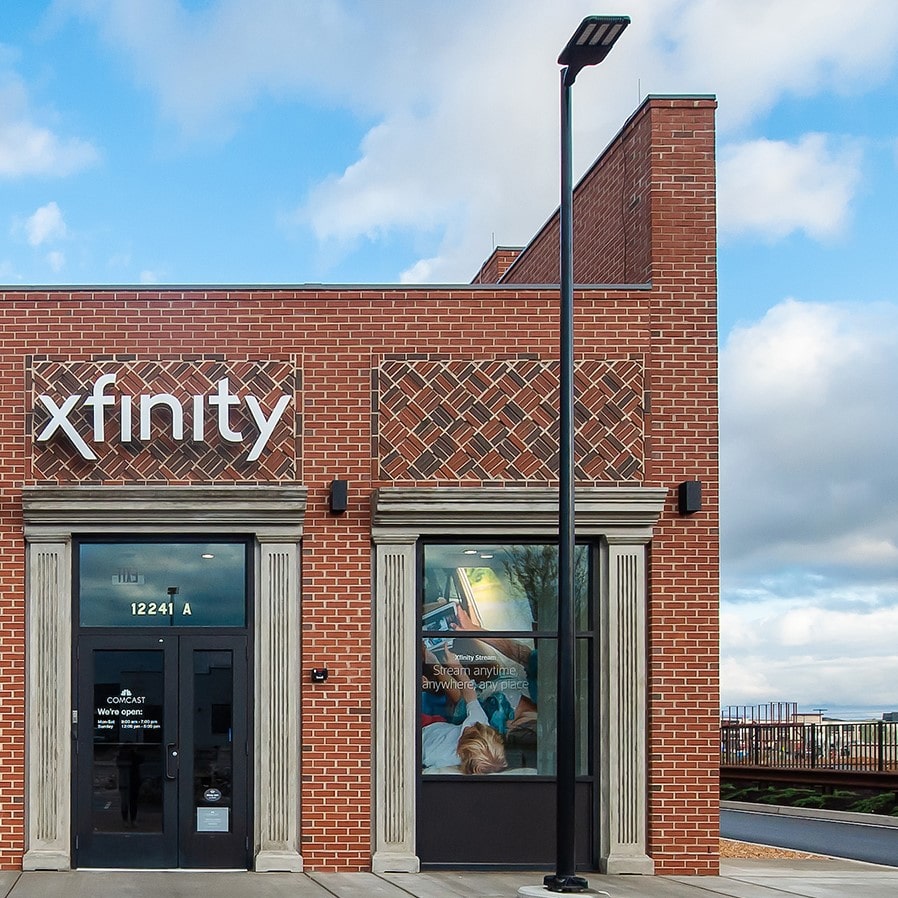Comcast said today that it completed a lab test of a DOCSIS 4.0 full duplex system on a chip (SOC) that will be a critical component of multi-gigabit services to be deployed in the future. In an interview with Telecompetitor, Comcast Senior Vice President of Next Generation Access Networks Elad Nafshi called the testing a “stepping stone to the end vision” of 10 Gbps services.
The most recent cable operator broadband deployments have been based on DOCSIS 3.1 technology. The DOCSIS 4.0 specification, published last year, is designed to support speeds as high as 10 Gbps, including symmetrical speeds, which traditionally haven’t been an option for cable companies. The hybrid fiber coax (HFC) infrastructure that underlies the typical cable network was originally designed to support video programming delivery and therefore to provide more bandwidth in the downstream direction.
DOCSIS 4.0 uses a “spectrum overlay up and down” to boost bandwidth, Nafshi explained. Today’s press release about the Comcast DOCSIS 4.0 testing notes that the SOC in the test provided echo cancellation and overlapping spectrum which “combine to support substantial improvements in network throughput.”
Comcast DOCSIS 4.0 Testing
In the test, Comcast achieved upstream and downstream throughputs exceeding 4 Gbps. “Future optimization is expected to drive even greater capacity,” Comcast said.
According to the press release, DOCSIS 4.0 will give cable operators the ability to use existing network infrastructure to support multi-gigabit speeds “without the need for massive digging and construction projects.”
Nafshi noted, though, that Comcast plans to deploy distributed access architecture (DAA), which involves bringing fiber closer to the end user. The press release reference about avoiding massive digging means that DOCSIS 4.0 will work over the connection that is already in the home, a Comcast spokesperson said.
DAA isn’t a “hard requirement” for DOCSIS 4.0, Nafshi said. But Comcast’s long-term goal is to deploy DAA systemwide, Nafshi said.
The SOC in the Comcast DOCSIS 4.0 test was supplied by Broadcom and was deployed in a remote PHY device (RPD) that in commercial deployments would be located in a neighborhood node between the headend and the customer. When deployed commercially, the distance between the node and the customer could vary, Nafshi said. He noted that signals are carried in radio frequency (RF) form between the node and the home and that amplifiers could be installed along the route if needed. The RPD is responsible for digital-to-analog conversion.
Asked what would be required for DOCSIS 4.0 to support 10 Gbps speeds, Nafshi noted that it would involve updates to software in the virtual cable modem termination system (vCMTS) that is also part of the DAA architecture.
In commercial deployments, a DOCSIS 4.0 SOC would also have to be installed in the customer’s modem, but Nafshi noted that the second SOC was not required for Comcast’s testing because the purpose of the tests was just to confirm the speeds that could be supported.
Nafshi declined to answer questions about speeds that Comcast might offer commercially using DOCSIS 4.0 or about return on investment, noting that the test was focused on technology, not marketing.
He added, though, that “At the end of the day, the fact that we don’t need to dig up streets or do significant new construction, that’s the key financial benefit.”


